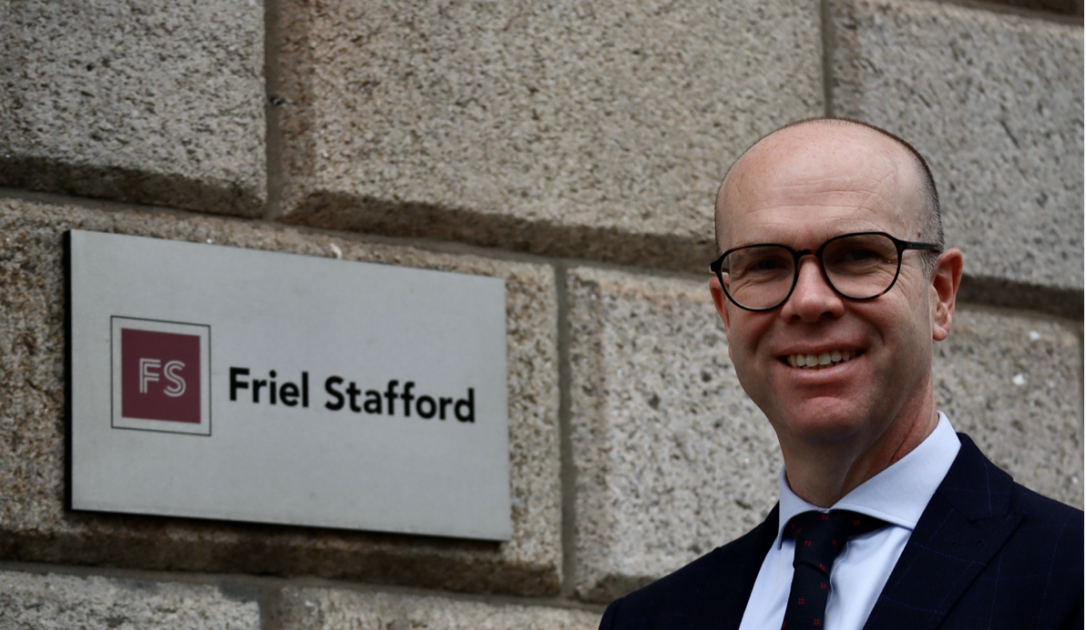The months and year ahead
The months and year ahead
- January 5, 2021
- Posted by: Tom Murray
- Category: Business

2021
I normally look forward to the first week of the year back in the office. The beginning of the year is generally a time to be optimistic about the year ahead and the possibilities for both our own business and business in general. This year, it is strange to be “at the desk” at home and not back at my desk in our office in Fitzwilliam Place, which is currently a rather expensive storage unit.
The approval and commencement of the roll out of a vaccine does give hope. However, this hope is dependent on the efficiency of government agencies in the timely and safe distribution of same.
Thinking of the year ahead – from a business perspective – it is hard to make predictions.
That being said – I do believe that elements of the economy have continued to perform well so far during the pandemic, and they will continue to do so in 2021.
Perversely when considering the scale of the upheaval in 2020 – Corporate Insolvencies across the market were roughly in line with 2019.
However, in 2021 it is not hard to envisage a scenario where micro and small companies which are lacking scale or strong brands and are without robust balance sheets will continue to struggle with many failing
The lack of equity in small Irish businesses compared with its EU and international comparators will be factor as other sources of funding and capital dry up for companies in the most affected sectors.
Many of these companies have survived 2020 being wholly dependent on government support. Keeping companies afloat through various support schemes has been the leitmotif of governments’ response to the coronavirus-induced economic distress globally
As public funds are being channelled to prevent business closures and job losses, the pandemic may have created new zombie firms by prolonging their existence beyond their natural expiration date.
Based on statistics to date – they have managed to hold on thus far due to various government schemes.
However, experts around the world to caution against the danger of using taxpayers’ money to prop up struggling firms, especially “zombie companies” which were already heavily in debt and having problems staying afloat even before COVID-19 struck.
There is one unintended side effect: Saving unviable businesses that would have folded in normal times.
The sudden withdrawal would give rise to a “cliff effect” where companies have to start bearing their full costs overnight. Policymakers need to prevent that in the way they design how support measures would be weaned off. In this context, such intervention will end at some stage and most likely become more “targeted” during 2021.
Compounding this will be that bank lending with necessarily become harder. Historically – low borrowing costs mean that tottering companies have been able to take out loans to finance their debts. However, banks are now looking at viability on a case by case basis and access to bank finance will become harder as bank lending criteria is more strictly applied that it was in phase one of the pandemic when banks were (almost) universally supportive in extending facilities.
We will also see some rationalisation in certain sectors due to a combination of factors which are driven by a fear of infection including
- those sectors being amongst those hardest hit (hospitality, accommodation etc.) and also
- sectors which are overcrowded
- changes in customer behaviour through the ongoing conversion to online shopping
One area of difficulty for advisors is trying to assist clients with projections for 2021. We are all capable of preparing spreadsheets, but we all know that spreadsheets are only as good as the underlying assumptions. I have now reviewed projections that some clients prepared last Easter. Unfortunately, some of the assumptions were wildly too optimistic, and the companies are now significantly worse off then they were last Easter.
We are finding that we increasingly have to play the role of Devil’s Advocate in challenging clients’ assumptions when we are advising them on future strategies.
Alls the left to do is to with everyone the best for the challenging times ahead and to say that as always – we are available to bounce insolvency queries or concerns off
